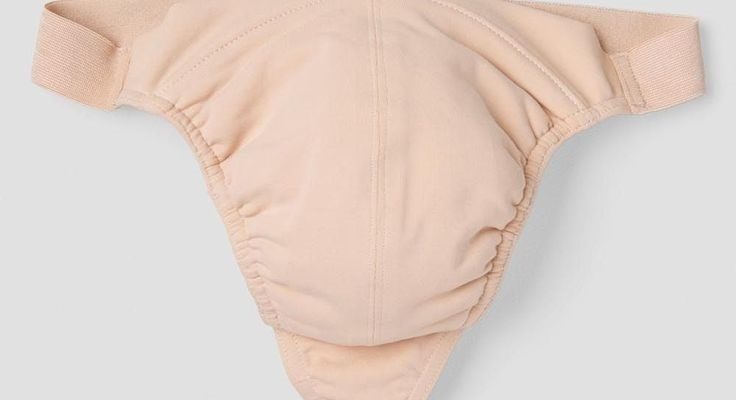Introduction
A dance belt for men is an essential piece of clothing for male dancers, especially in ballet and other forms of performance. It provides both support and modesty, allowing dancers to move freely without discomfort. Understanding what a dance belt for men is and how it functions can help you choose the right one for your needs.

The term “dance belt” refers to a type of undergarment worn by male dancers to cover the genital area and provide support. Unlike traditional underwear, a dance belt is designed to be worn under tight-fitting dance wear, such as tights or leotards. It helps prevent chafing and ensures that the dancer remains comfortable during long rehearsals and performances.
One of the main reasons male dancers wear a dance belt is for practicality. In many dance styles, especially ballet, dancers perform in minimal clothing, and a dance belt offers a safe and secure option. It also helps maintain a clean and professional appearance on stage.
In this article, we’ll explore the purpose of a dance belt for men, how it differs from a jockstrap, and why it’s an important part of a dancer’s wardrobe.
Why Do Male Dancers Wear a Dance Belt?
Male dancers often wear a dance belt for several practical and functional reasons. One of the primary purposes is to provide support and protection during movement. A dance belt designe to keep the genital area secure, reducing the risk of injury or discomfort during intense physical activity.
Another key reason is modesty. In many dance performances, especially in ballet, dancers wear very little clothing, and a dance belt ensures that they remain appropriately covered. This is particularly important when performing in front of an audience or during group routines.
Additionally, a dance belt helps prevent chafing and irritation caused by tight-fitting dancewear. The snug fit of a dance belt keeps the garment in place, reducing friction and ensuring that the dancer can move freely without any distractions.
For male ballet dancers, a dance belt is not just a practical choice—it’s also a traditional part of their uniform. Many ballet companies require dancers to wear a dance belt as part of their standard attire, emphasizing the importance of this item in the world of dance.
By wearing a dance belt, male dancers can focus on their performance without worrying about discomfort or exposure.
What Is the Difference Between a Jockstrap and a Dance Belt?
While both a jockstrap and a dance belt are worn under clothing to provide support and coverage, they serve different purposes and are used in different contexts. Understanding the difference between a jockstrap and a dance belt can help you choose the right one for your needs.
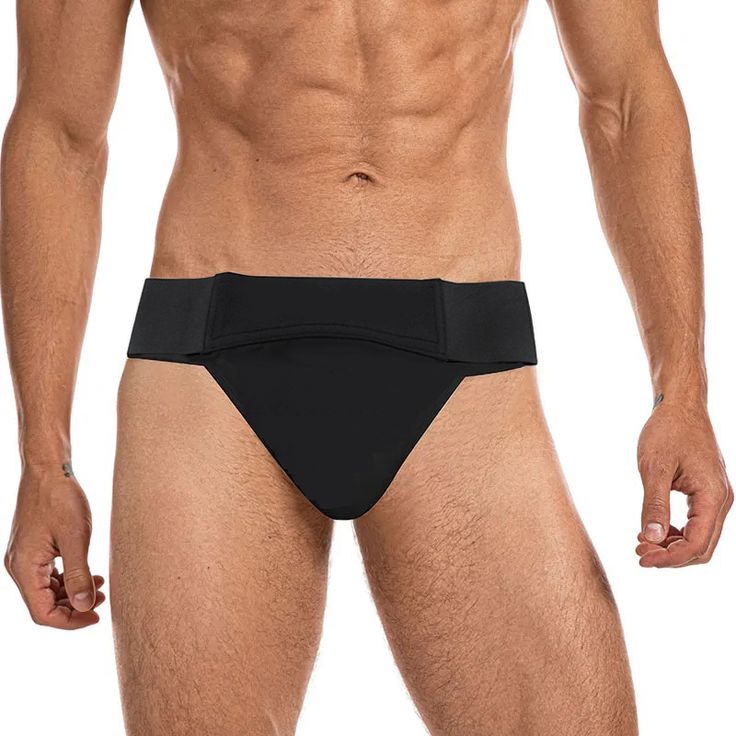
A jockstrap is typically used in sports like football, baseball, or wrestling. It designe to protect the genital area and provide support during high-impact activities. Jockstraps are usually made of elastic material with a padded cup and adjustable straps. They are more rugged and built for durability.
Another key difference is the level of coverage. A jockstrap covers more of the lower body, while a dance belt is more streamlined and fits closely to the body.
Both items offer support, but the choice between a jockstrap and a dance belt depends on the activity and the level of comfort required. For male dancers, a dance belt is the better option due to its design and functionality.
When Should Boys Start Wearing a Dance Belt?
The age at which boys should start wearing a dance belt depends on their involvement in dance and the specific requirements of their classes or performances. In general, male dancers begin wearing a dance belt once they start taking formal dance lessons, especially in ballet.
For young dancers, a dance belt is not only practical but also necessary for proper form and posture. It helps them maintain a clean, professional appearance while allowing for free movement. Many dance schools and instructors recommend that students begin using a dance belt as early as elementary school, depending on the style of dance they’re studying.
In some cases, boys may start wearing a dance belt earlier if they are participating in performances or competitions. It’s important to choose a dance belt that fits properly and is comfortable for extended wear.
Parents and instructors should guide young dancers in selecting the right size and type of dance belt. A well-fitted dance belt ensures that the dancer feels confident and supported during their training and performances.
By introducing a dance belt at an early age, young dancers can develop good habits and feel more comfortable in their costumes and movements.
What Do Male Ballet Dancers Wear to Cover Their Privates?
Male ballet dancers typically wear a dance belt to cover their private areas during performances and rehearsals. A dance belt is a snug, supportive undergarment that design to be worn under tight-fitting dance wear, such as tights or leotards.
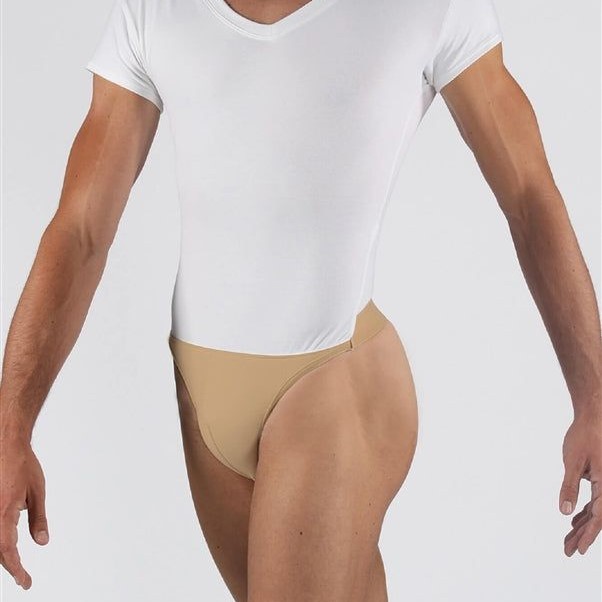
The dance belt is usually made of soft, stretchy fabric that allows for flexibility and comfort. It designs to sit close to the body, preventing any unwanted movement or exposure. Many dance belts also have a small pocket or pouch to hold a dancer’s testicles, providing additional support and security.
In addition to the dance belt, male ballet dancers may also wear a pair of dance shorts or a costume that includes a built-in lining. These options are sometimes used in certain styles of dance or for specific performances. However, the dance belt remains the most common and practical choice for most male dancers.
Wearing a dance belt is not just about modesty—it’s also about maintaining a professional appearance on stage. It helps dancers look neat and focused, allowing them to concentrate on their performance rather than their attire.
What Happens If You Don’t Wear a Dance Belt?
Not wearing a dance belt can lead to several issues, especially for male dancers who perform in tight-fitting costumes. Without a dance belt, there is a higher risk of discomfort, chafing, and even injury during movement.
One of the most common problems is chafing. Tight-fitting dancewear, such as tights or leotards, can rub against the skin and cause irritation. A dance belt acts as a protective layer, reducing friction and keeping the skin dry and comfortable.
Another issue is the lack of support. Without a dance belt, the genital area can shift or become uncomfortable during jumps, turns, and other movements. This can distract the dancer and affect their performance.
In some cases, not wearing a dance belt can also lead to embarrassment or exposure, especially during group performances or when dancing in front of an audience. A dance belt ensures that the dancer remains properly covered and maintains a professional appearance.
For male ballet dancers, a dance belt is not just a comfort item—it’s a necessary part of their uniform. Skipping it can lead to unnecessary discomfort and even affect their ability to perform at their best.
How to Choose the Right Dance Belt for Men
Choosing the right dance belt for men involves considering factors such as fit, material, and purpose. Whether you’re a beginner or a professional dancer. Finding the perfect dance belt can make a big difference in your comfort and performance.
First, determine the correct size. A dance belt should fit snugly but not be too tight. Measure your waist and hips to find the right size, and always check the manufacturer’s sizing chart before purchasing. A poorly fitting dance belt can cause discomfort or slip out of place during movement.
Next, consider the material. Dance belts are typically made of stretchy, breathable fabrics like cotton, spandex, or a blend of synthetic materials. Look for a belt that is soft, flexible, and durable. Avoid materials that are too stiff or rough, as they can cause irritation.
It’s also important to think about the type of dance you practice. Some dance belts are designed for ballet, while others are suitable for modern or contemporary dance. Choose a belt that matches your specific needs and preferences.
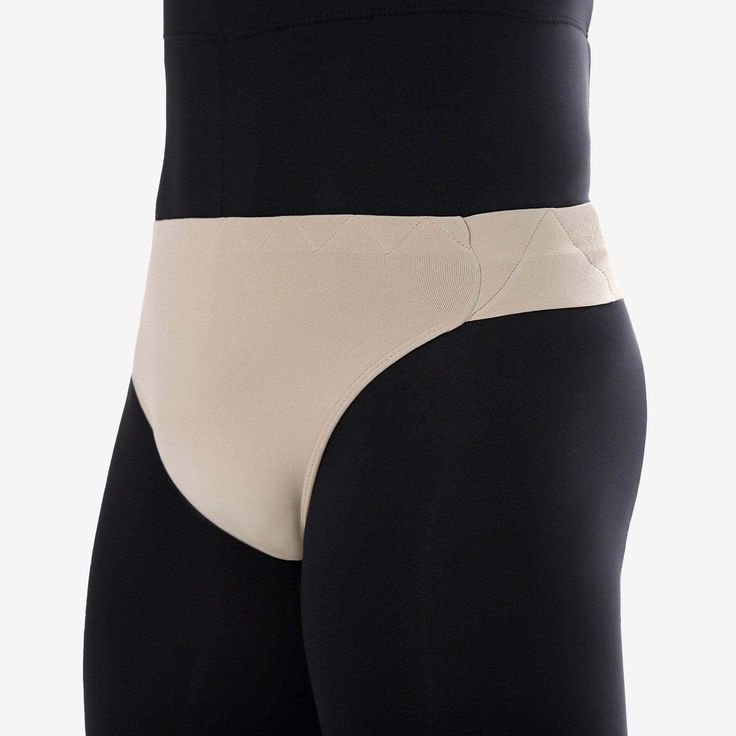
Finally, check the construction. A good dance belt should have reinforced seams and a secure closure, such as an elastic waistband or adjustable straps. These features ensure that the belt stays in place and provides the support you need.
By choosing the right dance belt for men, you can enhance your performance and enjoy a more comfortable and professional experience.
Conclusion
A dance belt for men is more than just an undergarment—it’s a crucial part of a dancer’s outfit that provides support, comfort, and modesty. As we’ve explored, male dancers wear a dance belt for practical reasons, including protection, support, and a professional appearance.
We’ve also looked at the differences between a jockstrap and a dance belt. Discussed when boys should start wearing one, and explained what male ballet dancers typically wear to cover their privates. Additionally, we’ve examined what happens if you don’t wear a dance belt and provided tips on how to choose the right one for your needs.
Whether you’re a student, a professional dancer, or someone interested in learning more about dance attire, understanding the role of a dance belt is essential. It’s a simple yet important item that can make a big difference in your performance and overall experience.
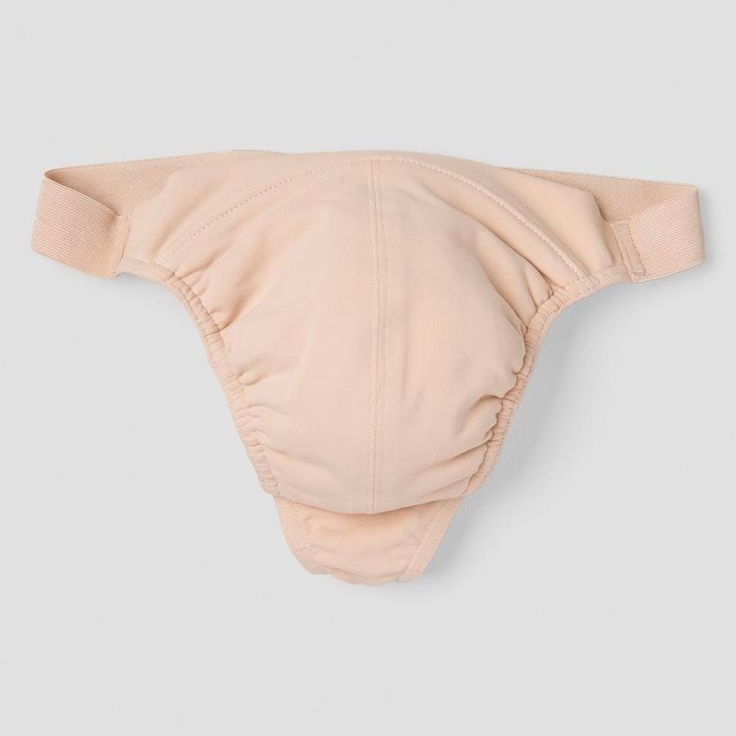
So, take the time to learn about dance belts for men and choose the right one for your style and needs. With the right dance belt, you can dance with confidence, comfort, and professionalism.
